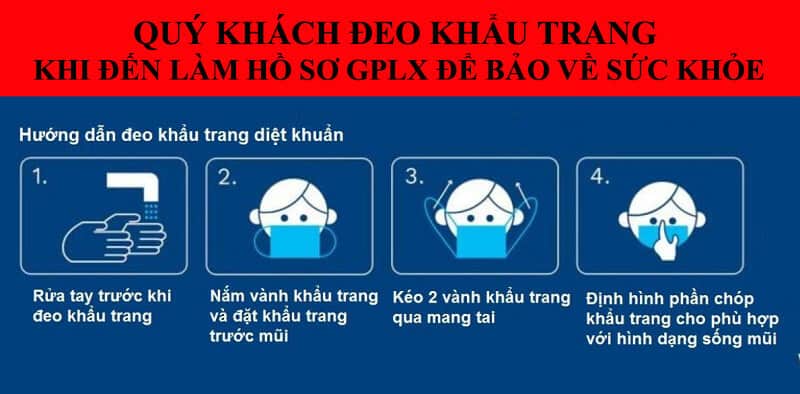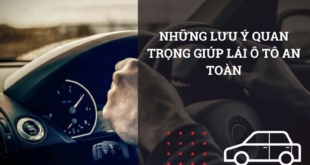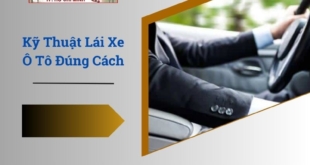Lái xe đường dài là quá trình điều khiển xe ô tô di chuyển trên một quãng đường dài, thường từ 300km trở lên hoặc hơn 3 tiếng đồng hồ. Nếu không chuẩn bị kỹ lưỡng về kiến thức, kỹ năng cần thiết thì rất dễ gặp phải các sự cố không đáng có, ảnh hưởng trực tiếp đến chất lượng, thời gian chuyến đi.
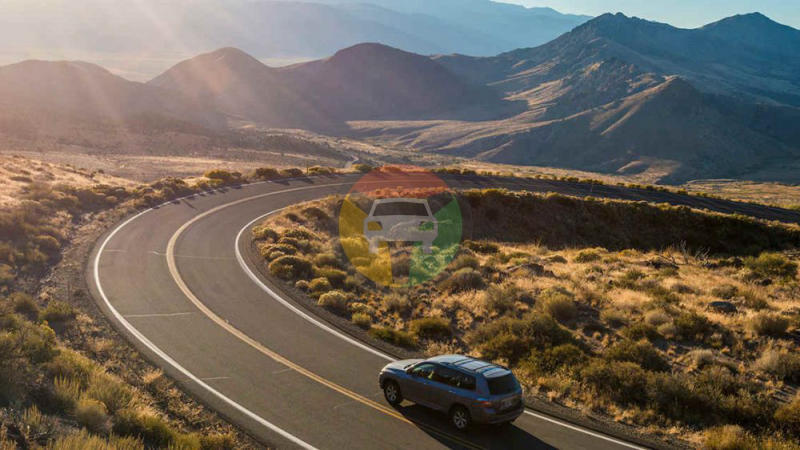
Bài viết sau tổng hợp các cách xử lý tình huống khi đi đường dài hữu ích cho bạn tham khảo, cùng khám phá nhé!
Mệt mỏi, buồn ngủ khi điều khiển ô tô
Trong khi lái xe, nếu có dấu hiệu mệt mỏi, buồn ngủ thì nên dừng xe nghỉ ngơi tại nơi an toàn khi cần thiết. Uống cà phê, trà hoặc nước tăng lực, tập thể dục nhẹ và hít thở sâu sẽ giúp bạn tỉnh táo hơn.
Xe bị nổ lốp
Nếu gặp sự cố như nổ lốp, hỏng hóc động cơ, hãy bình tĩnh và xử lý theo hướng dẫn:
- Bật đèn hazard.
- Tấp xe vào lề đường an toàn.
- Gọi cứu hộ hoặc sửa chữa tại chỗ.
Gặp thời tiết xấu
Khi gặp thời tiết xấu như mưa to, sương mù, bạn cần giảm tốc độ, bật đèn pha, giữ khoảng cách an toàn với xe trước và tránh đi qua vùng trũng thấp. Nếu gặp tai nạn giao thông, hãy giữ bình tĩnh, bật đèn hazard, gọi cấp cứu và cung cấp thông tin cho cơ quan chức năng.
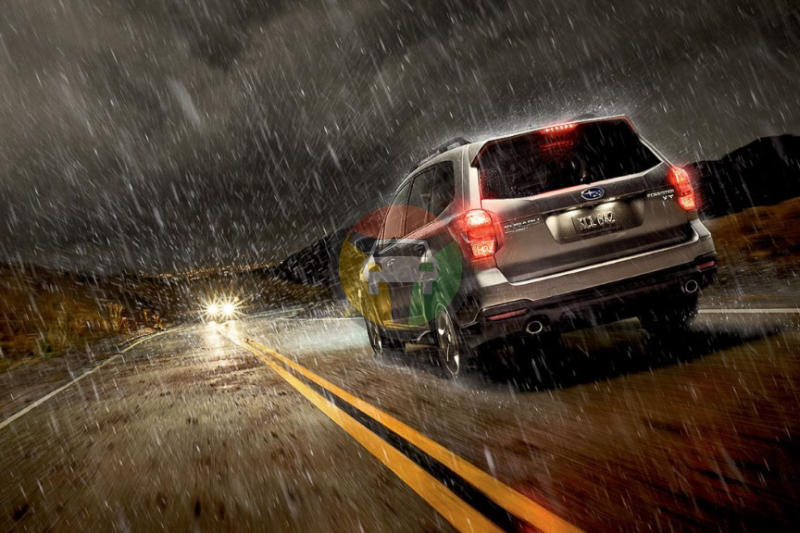
Xe ô tô bị mất thắng
Xe ô tô bị mất thắng là tình huống khá nguy hiểm, có thể ảnh hưởng gây ra những hậu quả nghiêm trọng đến tài sản và tính mạng con người. Khi gặp phải trường hợp này, bạn phải giữ bình tĩnh, giảm tốc bằng cách nhả chân ga và đạp phanh liên tục nhiều lần.
Nếu hệ thống phanh vẫn không hoạt động, chuyển sang sử dụng phanh tay kết hợp với phanh động cơ. Phanh động cơ tức là chuyển dần về các số thấp hơn.
- Với xe số tự động, lần lượt chuyển cần số về D3, D2, D1 để độn cỡ hãm xe lại và dừng từ từ.
- Với các loại xe khác, nếu là chế độ số thể thao S (+,-) hay chế độ số tay M (+,-), bạn chỉ cần chuyển về (-) đến số thấp.
Hơn nữa, người điều khiển phương tiện cần kết hợp thêm phanh tay để cảm nhận độ bám. Trường hợp kéo phanh tay làm xe bị mất lái, bị trượt thì cần hạ phanh gấp để lấy lái. Chú ý không giật phanh tay quá mạnh vì rất dễ bị mất lái, khóa bánh xe.
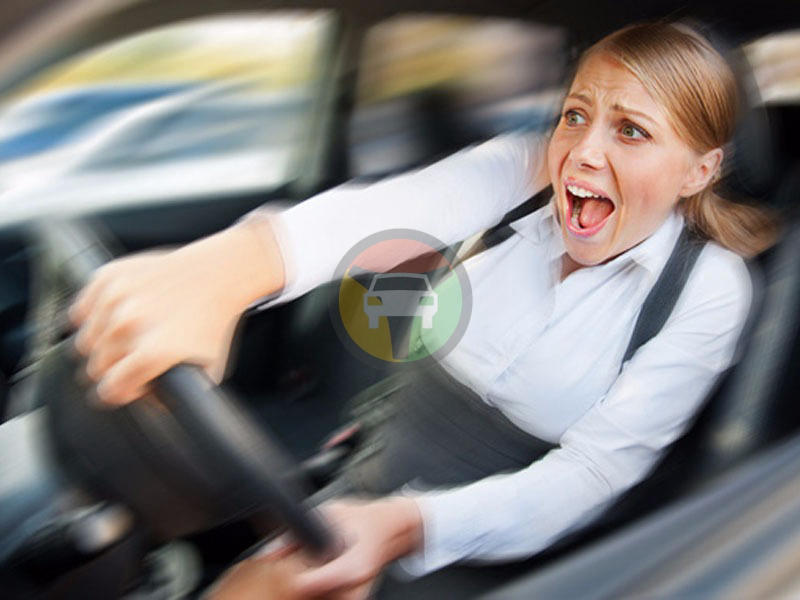
Chú ý tuyệt đối không tắt máy xe ô tô khi mất phanh vì tắt máy làm xe mất trợ lực dẫn đến gia tăng quán tính, xe trôi càng nhanh hơn.
Trường hợp xe mất phanh trên đường quá dốc hoặc quá đông thì cân nhắc đâm vào vật cản mềm như bụi cây để xe có thể dừng lại kịp thời.
Kẹt chân ga
Khi bị kẹt chân ga, bạn có thể tiến hành xử lý như sau:
- Quan sát xung quanh để xác định xem bạn có thể tấp xe vào lề đường an toàn hay không.
- Dùng lực mạnh để nhả chân ga. Nếu không thể nhả bằng chân, hãy dùng tay để đẩy bàn đạp ga lên.
- Đạp phanh mạnh và giữ đều. Nếu phanh không hiệu quả, hãy thử sử dụng phanh tay.
- Chuyển về số N (số mo) để ngắt truyền động từ động cơ xuống bánh xe.
- Tắt máy xe để giảm nguy cơ xảy ra tai nạn. Tuy nhiên, chỉ thực hiện việc này khi bạn đã đảm bảo xe đã dừng hẳn và không còn nguy cơ va chạm.
Bị mất lái khi vào cua
Xe vào cua bị mất lái do bị mất bám bánh sau hoặc bánh trước, gây ra nhiều tình huống nguy hiểm. Cụ thể:
Mất bám bánh trước: Ô tô chạy thẳng ra lề đường mà không vào cua được. Để xử lý trường hợp này, tài xế từ từ giảm tốc độ nhưng không đạp phanh (trừ phanh ABS) vì dễ khiến cho ô tô trượt. Đồng thời, tài xế cần đánh lái sao cho chiều trượt lốp và chiều lăn gần trùng nhau. Sau đó tiếp tục cua xe để di chuyển.
Mất bám bánh sau: Xe quăng đuôi, xoay tròn. Lúc này, người điều khiển phương tiện cần bình tĩnh nhìn theo hướng muốn đi tới và đánh lái ngược lại để chống lại hiện tượng xoay tròn xe.
Xe bị mắc lầy
Khi xe bị mắc lầy, cần tìm cách tăng độ ma sát cho bánh xe để có thể di chuyển. Bạn có thể tìm vật lót như cây, bao bì, rơm rạ… lót vào đường lăn. Sau đó tiến lùi để lấy đà, lưu ý không đạp thốc làm xe quay và tạo ra hố sâu hơn. Nếu thử nhiều lần nhưng không hiệu quả, tốt nhất nên gọi cứu hộ đến trợ giúp.
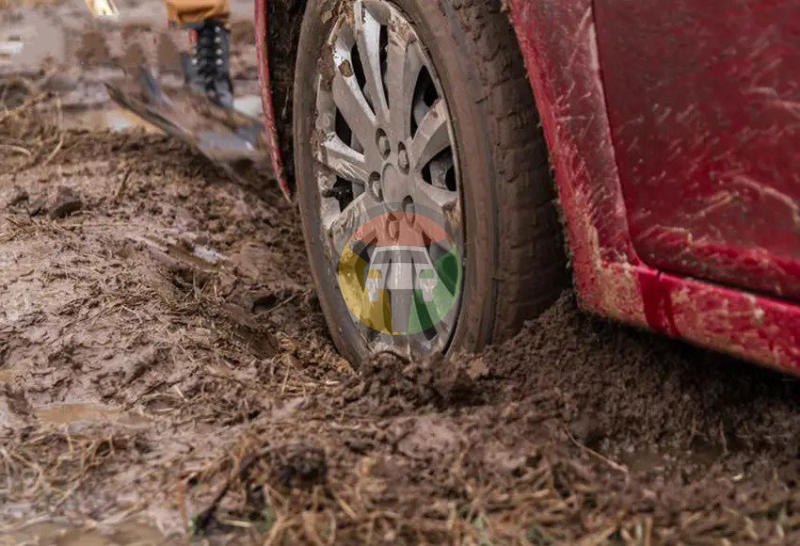
Vô lăng điều khiển khó khăn
Khi lái xe trên đường, nếu nhận thấy vô lăng khó điều khiển thì tấp ngay vào lề đường, kiểm tra dây đai của bơm dầu trợ lực tay lái có đứt hay hỏng không. Nếu không tự xử lý được thì hãy gọi cứu hộ ô tô tới để nhận sự trợ giúp tốt nhất.
Trường hợp không điều khiển được vô lăng, nhanh chóng bật cảnh báo nguy hiểm, liên tục bấm còi, giảm số, giảm ga, ra hiệu bằng tay và phanh xe lại nhanh nhất có thể.
Trượt nước
Khi di chuyển qua những cung đường bị ướt, xe có lốp mòn lâu ngày sẽ khiến lớp nước mỏng xuất hiện giữa mặt đường và bánh xe. Lúc này, lốp xe nằm bên trên mặt nước và đẩy nước sang hai phía khiến đầu xe nhẹ và đi chệch hướng mong muốn.
Khi gặp phải tình huống trên, tuyệt đối không đạp phanh vì điều này chỉ khiến xe trượt mạnh hơn. Hãy thả chân ga từ từ, cố gắng điều chỉnh xe chạy thẳng cho đến khi có thể kiểm soát ô tô như bình thường.
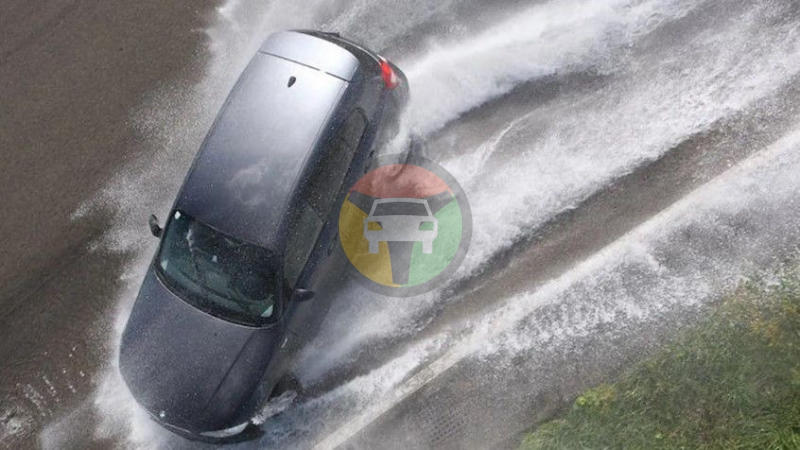
Xe có nhiệt độ vượt quá mức cho phép
Nếu nhiệt độ xe tăng quá cao và đèn báo lỗi nhiệt độ phát sáng, kiểm tra lại hệ thống ống làm mát. Trường hợp đai dẫn động kết nối máy bơm bị hỏng thì cần dừng lại ngay lập tức và gọi cứu hộ. Còn lại, bạn có thể chờ cho động cơ nguội khoảng 30 phút và tiếp tục lái xe tới gara ô tô gần nhất để kiểm tra và sửa chữa.
Phanh xe bất ngờ (Không có ABS)
Khi chạy ở tốc độ cao và cần dừng xe đột xuất nhưng xe không được trang bị ABS thì cần bình tĩnh để xử lý. Không được đạp phanh hết mức vì có thể gây ra tình trạng khóa bánh. Tài xế nên duy trì đạp chân phanh, nhấp nhả liên tục kết hợp với đánh lái sang một bên.
Chú ý giới hạn tốc độ chạy xe khi chạy trên đường cao tốc, đường trường
Khi đi xa, việc di chuyển trên đường cao tốc, đường trường là điều thường xuyên xảy ra nên bạn cần chú ý giới hạn tốc độ trên những đoạn đường này. Tốc độ tối thiểu trên đường cao tốc là 80km/h, có những đoạn đường cho phép chạy 100km/h và 120km/h. Việc vượt quá tốc độ cho phép không chỉ dẫn đến nguy cơ bị phạt mà còn tiềm ẩn nguy hiểm rất lớn khi di chuyển với tốc độ cao.
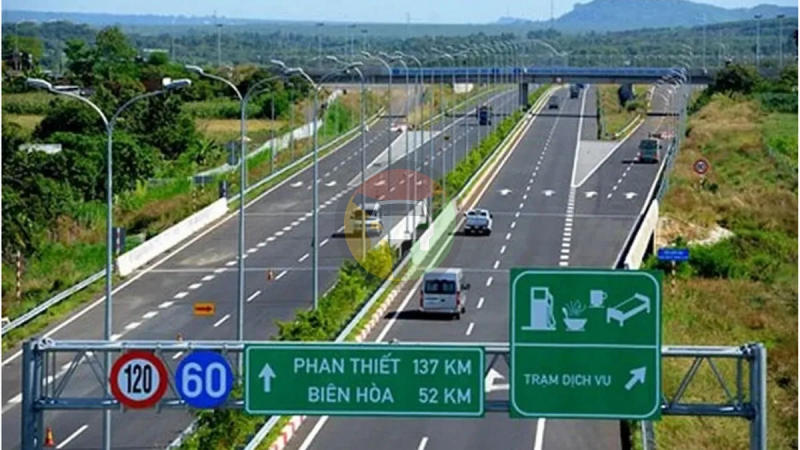
Ngày nay, nhiều dòng xe ô tô hiện đại có tính năng giới hạn tốc độ trên vô lăng hoặc ga tự động, bạn có thể ứng dụng để tiện lợi hơn trong quá trình điều khiển.
Giữ khoảng cách hợp lý với xe chạy phía trước
Tuyệt đối không được bám đuôi xe phía trước mà phải giữ khoảng cách tối thiểu đủ để phanh khi gặp những vật cản hay xe phía trước dừng đột ngột. Bạn có thể tính toán khoảng cách an toàn với xe phía trước dựa vào công thức ba giây: Khoảng cách an toàn (m) = Vận tốc (km/h) x 3/10.
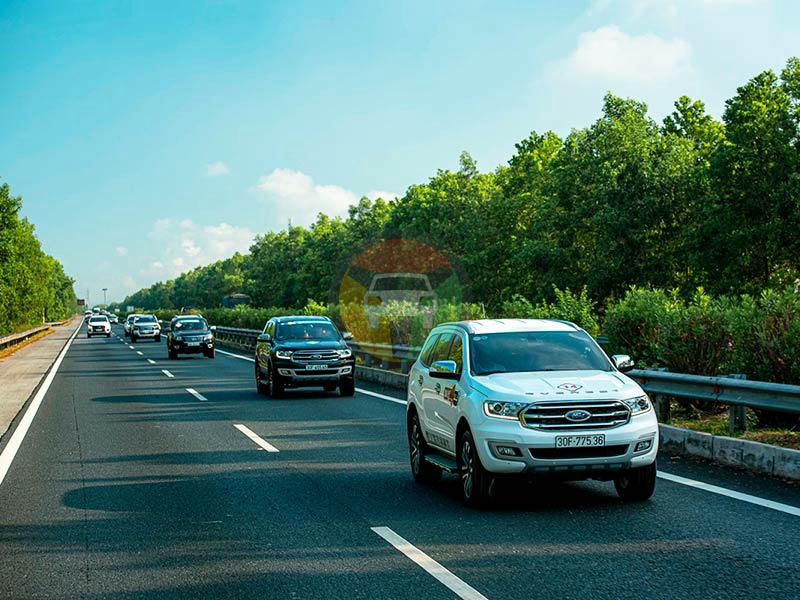
Ví dụ:
- Nếu bạn đang lái xe với tốc độ 60 km/h, khoảng cách an toàn với xe phía trước là:
- Khoảng cách an toàn = 60 x 3/10 = 18 mét
Lưu ý:
- Phương pháp 3 giây chỉ là một ước tính. Bạn nên điều chỉnh khoảng cách an toàn dựa trên các yếu tố khác như điều kiện thời tiết, tình trạng giao thông…
- Trong điều kiện thời tiết xấu hoặc đường trơn trượt, bạn nên tăng khoảng cách an toàn lên gấp đôi hoặc gấp ba.
- Nên tập thói quen quan sát gương chiếu hậu thường xuyên để theo dõi khoảng cách với xe phía sau.
Xử lý khi cần vượt xe hoặc có xe khác muốn vượt
Khi có xe khác muốn vượt, hãy bật xi nhan phải, chuyển làn đường sang bên phải từ từ và chú ý quan sát trước sau. Sau đó nhả ga để xe phía bên trái vượt lên. Khi xe khác đã vượt thành công, chú ý quan sát phía sau và chuyển từ từ vào làn đường bên trái như lúc ban đầu.
Nếu bạn muốn vượt, tiến hành xi nhan bên trái, nháy đèn tín hiệu để thông báo cho xe phía trước nhường đường. Khi xe khác đã tạt sang phải để nhường đường, quan sát kỹ trước sau để vượt lên phía trước.
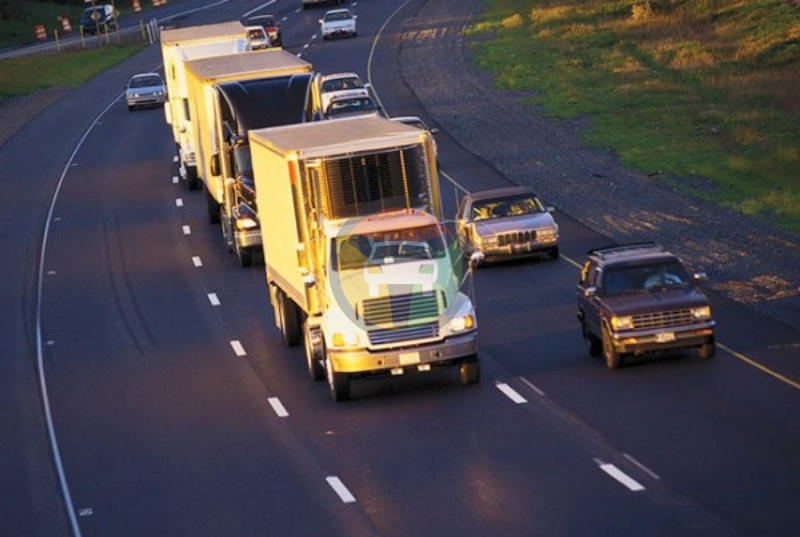
Khi bắt đầu gia nhập vào đường đi
Khi bắt đầu di chuyển vào đường, bật xi nhan bên trái đồng thời quan sát trước sau. Nếu an toàn thì mới ổn định tốc độ và chuyển làn đường vào phía trong.
Khi kết thúc chặng hành trình
Khi chuẩn bị đến đích hoặc nơi cần rẽ phải, hãy bật xi nhan phải từ sớm và chuyển làn đường sang bên phải từ từ. Chú ý quan sát kỹ phía trước và sau, giữ khoảng cách an toàn với các phương tiện khác.
Khi lưu thông trên đường, tuyệt đối không dừng xe giữa đường vì rất nguy hiểm. Nếu gặp phải trường hợp bất khả kháng như thủng lốp thì phải chạy từ từ kiếm đoạn đường nào an toàn và có chỗ để dừng xe. Tiến hành xi nhan xin đường, giảm tốc độ dần dần và dừng hẳn cho tới khi đến chỗ đổ xe.
Lưu ý: Trước khi khởi hành đường dài, bạn cần kiểm tra kỹ lưỡng tình trạng xe, bao gồm nước làm mát, dầu nhớt, phanh xe, lốp xe… và mang theo dụng cụ sửa xe cơ bản. Lên kế hoạch chi tiết về lộ trình, thời gian di chuyển, điểm dừng chân và dự báo thời tiết, tình hình giao thông để có sự chuẩn bị tốt nhất. Nên mang theo nước uống, thức ăn nhẹ, thuốc men cơ bản và giấy tờ tùy thân để đảm bảo cho chuyến đi.
Hi vọng các cách xử lý tình huống khi đi đường dài trên sẽ hữu ích cho bạn. Liên hệ với chúng tôi để được hỗ trợ đào tạo lái xe chuyên nghiệp: thi lấy bằng B1, B2; thi bằng lái xe hạng C… dễ dàng nhé!
 Trường đào tạo & thi sát hạch lái xe tại TP Hồ Chí Minh Trường đào tạo, dạy học và thi sát hạch lái xe máy, xe oto ở Thành Phố Hồ Chí Minh
Trường đào tạo & thi sát hạch lái xe tại TP Hồ Chí Minh Trường đào tạo, dạy học và thi sát hạch lái xe máy, xe oto ở Thành Phố Hồ Chí Minh
